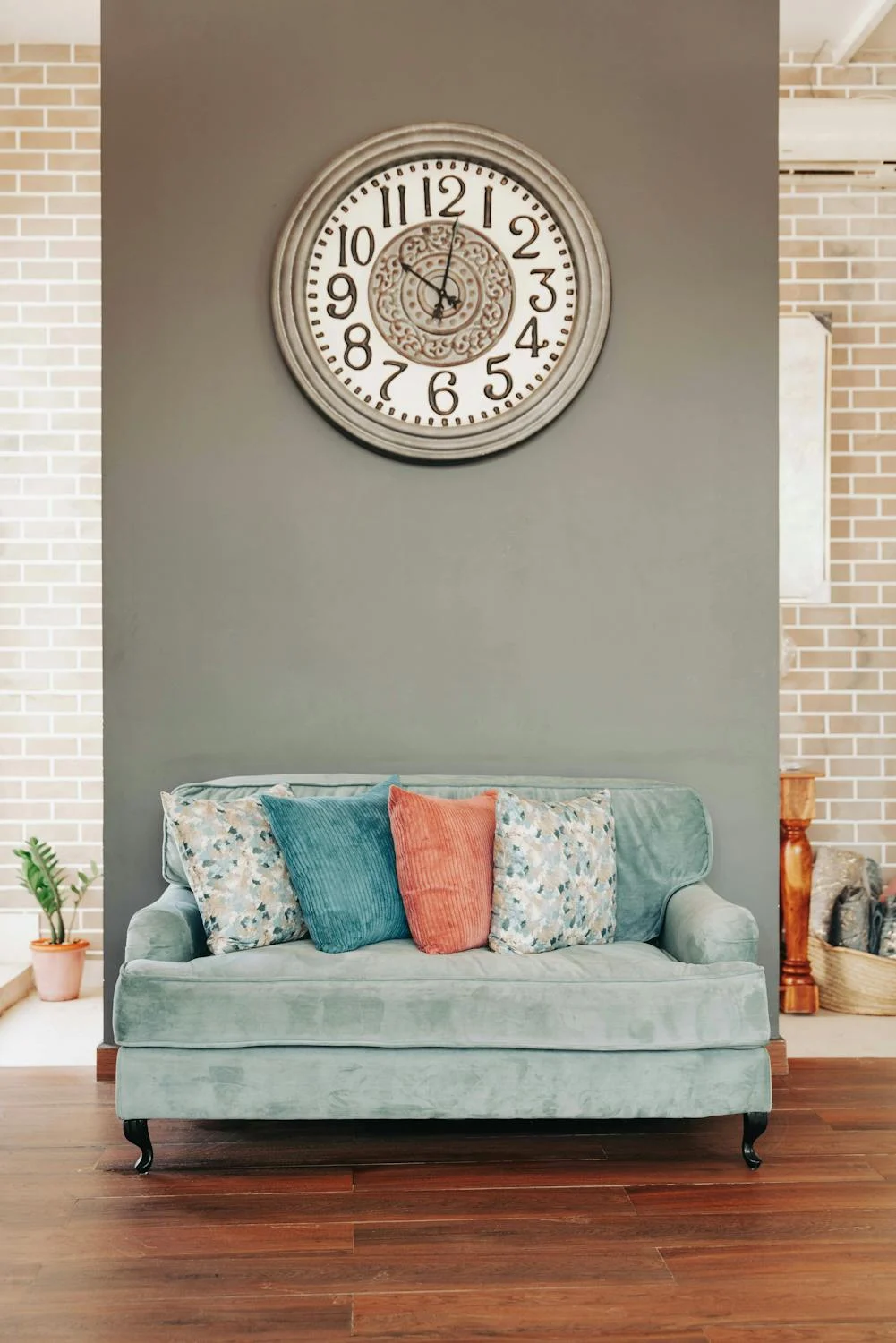
Unlocking the transformative potential of the power of color in interior design isn’t just about aesthetics; it’s about harnessing the power of hues to create spaces that inspire, evoke emotion, and elevate our daily lives. Join us on a journey where we delve deeper into the psychology and practicality of color in design, exploring how to wield its influence to craft harmonious, inviting, and unforgettable interiors. From selecting the perfect palette to incorporating accent hues, we’ll embark on a fascinating exploration of how to harness the power of color to elevate your interior design projects to new heights. Whether you’re a seasoned designer or an enthusiastic homeowner looking to breathe new life into your space, come along as we uncover the secrets of color and its remarkable ability to transform environments and enrich our experiences within them.
Table of Contents
ToggleThe power of color in interior design and psychology:
the power of color in interior design plays a crucial role in psychology, as different hues have the power to evoke distinct emotions and perceptions. Warm tones like reds, oranges, and yellows are known for their energizing and stimulating properties, making them ideal for spaces meant for socializing or activity. In contrast, cool tones such as blues, greens, and purples tend to promote relaxation and tranquility, making them suitable for bedrooms, bathrooms, or areas intended for unwinding.
Choosing the Right Color Palette :
When selecting a color palette for your interior design project, consider factors such as the room’s purpose, natural light, and existing decor. Neutral hues like whites, grays, and beiges serve as versatile foundations, allowing you to introduce pops of color through accessories or accent walls. Monochromatic schemes, which utilize varying shades of a single color, create a cohesive and sophisticated look, while complementary schemes, which combine colors from opposite sides of the color wheel, offer dynamic contrast.

Creating Balance and Harmony:
Achieving balance and harmony in interior design involves careful consideration of color distribution and proportion. The power of color in interior design lies in its ability to evoke emotions and set the tone for a room. Too much of one color can overwhelm a space, while an imbalance of contrasting hues can create visual discord. The 60-30-10 rule is a helpful guideline for achieving balance: allocate 60% of the room to a dominant color, 30% to a secondary color, and 10% to an accent color for visual interest. By following this rule, designers can ensure that each color plays its part in creating a cohesive and visually pleasing environment.
Incorporating Accent Colors:
Accent colors inject personality and flair into interior spaces, adding visual intrigue and focal points. When choosing accent hues, look to the color wheel for complementary or analogous options that enhance the overall palette. Accessories such as throw pillows, artwork, rugs, and decorative accents are excellent vehicles for introducing accent colors without overwhelming the space. Additionally, consider the psychological impact of each accent hue and its intended effect on the room’s atmosphere.
Adapting Trends to Suit Your Style:
While trends can provide inspiration, it’s essential to adapt them to suit your personal style and preferences. Experimenting with color through temporary changes such as paint, textiles, or removable wallpaper allows for flexibility and experimentation without long-term commitment. Additionally, don’t be afraid to trust your instincts and take risks with color—after all, interior design is a reflection of your individuality and creativity.


Color is a powerful tool in interior design, capable of transforming spaces and shaping experiences. Throughout history, cultures have recognized the profound impact that colors can have on emotions, moods, and behaviors. From the calming influence of blues and greens to the energizing effect of vibrant reds and yellows, each hue carries its own psychological weight. The power of color in interior design is evident in its ability to evoke certain feelings and create specific atmospheres within a room. It’s not just about aesthetics; it’s about how color can influence our perception of a space and our mood while in it. Therefore, understanding the power of color in interior design is essential for creating environments that are not only visually pleasing but also functional and conducive to well-being.
If you enjoyed this article, share it with your friends and colleagues!
- you might be interested in reading this post as well
- Unveiling the Art: Discover the Secrets to Creating an Elegantly Designed Home


Pingback: 3-Color Rule in Interior Design comprehensive guide